As En Primeur 2020 drew to a close, epicure looks back over the past two tumultuous years and their impact on Bordeaux’s centuries-old selling system.
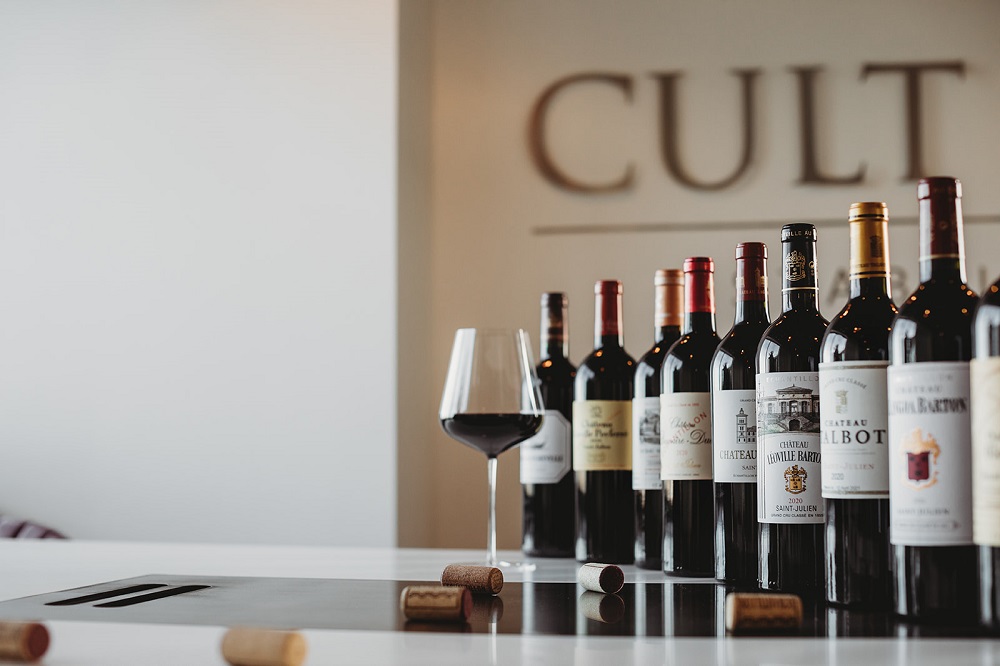
In spring every year, over 6000 wine critics, journalists, sommeliers, wine merchants and distributors flock to Bordeaux, the French wine capital, to taste the new wines of the year past. A string of hedonistic days follows – multiple tastings at multiple chateaux, harried lunches and leisurely dinners and a buzz unrivalled by any other experience in the wine world.
The Bordeaux En Primeur (EP) week is the biggest event on the wine calendar. Its purpose, much like Paris fashion week, is to introduce the new Bordeaux wines to the world, take a temperature check on the new vintage and generate millions of dollars in sales before summer kicks in.
During the last two pandemic-influenced years, En Primeur faced cancellation and was forced to reinvent. It morphed into a new hybrid format with digital technologies, WIT (wine in tube) packaging and sharp logistics.
En Primeur Explained
It is worth remembering that one cannot buy Bordeaux wines directly from the chateaux. A multi-tiered system was put in place in the 18th century to facilitate sales. The chateaux sell the wines to wholesalers known as negociants. The negociants sell to merchants like Berry Bros and Corney & Barrow, who have direct access to the consumer. Much like the financial world, the wines are sold in futures (en primeur) while still in barrel. The consumers buy into the covenant that the wines will be delivered in 18 to 24 months when matured and in the bottle.

he seductiveness of en primeur is simple: you are buying these fine wines at their lowest prices, much like buying a house off-plan. When the wines hit the shelves, the cost will be much higher, making en primeur an astute investment.
But the en primeur of late wasn’t living up to its promise. “The en primeur of 10 to 15 years ago versus en primeur now just does not capture the imagination,” says Adam Bilbey, head of wines and spirits for Sotheby. Bilbey, who has over 15 years in the wine trade, says the practice was close to ruins, with chateaux releasing the wines at such astronomically high prices that it stopped making any financial sense. As a result, many buyers walked away from the En Primeur sales campaign, disenchanted.

Sam Mudie, director of Southeast Asia at Cult Wines, a wine investment firm, attests to the disenchantment in hard numbers. He says, “People have been really burned with the higher prices of 2009 and 2010 releases.” He adds that most of the wines from 2009 and 2010, with a few exceptions, have decreased in value over time – by 10 to 15 percent on average and some as much as 40 percent.
En Primeur 2019
In 2020, France went into a nationwide lockdown and En Primeur week was cancelled. “I think we were all shocked by this experience,” Ronan Laborde, president of Union des Grands Cru de Bordeaux (UGCB), says. UGCB is the primary organiser of En Primeur week. After much back and forth, they managed to piece together a new campaign – a shortened online version.
.jpg)
For the first time in its history, barrel samples of Bordeaux wines were shipped outside Bordeaux to key critics. Tastings were conducted remotely, via Zoom or other media.
The 2019 vintage received positive reviews – 3.5 to 4 out of 5 by Bordeaux Institute of Wine and Vine Science (ISVV). In a regular year, a price rise could have been justified. However, on account of Covid and the grim state of world affairs directly affecting fine wine – namely Brexit, US tariffs on French wine, and the disenchanted Hong Kong and China market – chateaux instead dropped prices by 20 to 30 percent.
Thanks to the exceptional quality and reasonable prices, En Primeur 2019 was a success. “According to our figures, more wine companies than ever bought En Primeur 2019. The issue was that there were not enough quantities available to fulfil the request,” Laborde says in an email.
Jane Anson, Decanter magazine’s Bordeaux correspondent and the leading Bordeaux critic, shares, “I think the lower prices of 2019 showed once again that En Primeur works when the chateaux get the price right. The best solution is to price genuinely below market (and if chateaux want to take more of a profit, then simply release a small amount during En Primeur and more at a later date when in bottle) so that there is a reason for purchase.”

While the campaign was declared successful, only a select few chateaux truly benefited from it. Global wine marketplace Liv-ex explains it best in their 2019 closing report ‘The magic is back’: “A typical En Primeur campaign lasts from April through June. This year it happened in the space of four short weeks. This brevity had its downside: with circa 25 releases a day, only the top few names were afforded airtime. Naturally, these were often the success stories of the vintage.”
Much to the frustration of merchants, most chateaux only released a small tranche of wines. “The prices are becoming fairer again now (2019), but there’s less of it. They’ve only released 20 percent at what the market will perceive a fair price, but then they’ve got the rest of the 80 percent to UGBC online release over time,” Bilbey says.
En Primeur 2020
This year, travel restrictions meant that En Primeur 2020 was a muted affair – with a small percentage of the 6,000 yearly guests present on the ground. Once again, a digital campaign was launched – with events happening both online and in-person – but this time, it was carefully planned.
“Last year’s experience with Covid increased our humility,” Laborde says. “We prepared several plans in advance and were fully ready to adapt to any situation this year.”
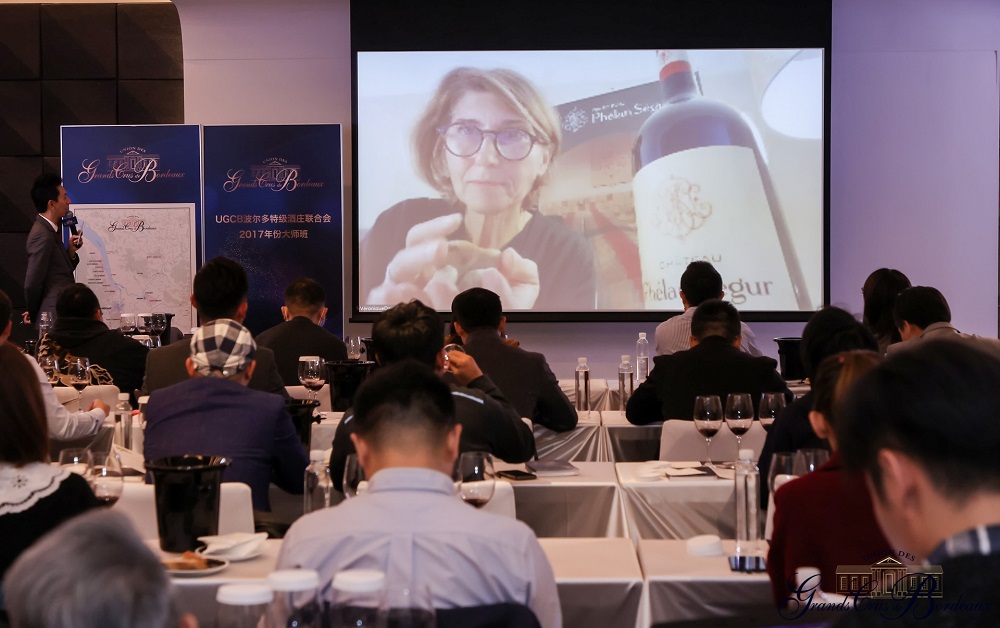
The UGCB set up 210 tasting sessions in 10 cities worldwide (nine different countries) and shipped close to 100 tasting sets to select wine critics and merchants. “As a result, more than 2,500 wine professionals enjoyed En Primeur 2020 thanks to the UGCB,” Laborde adds. In addition, chateaux sent their samples separately.
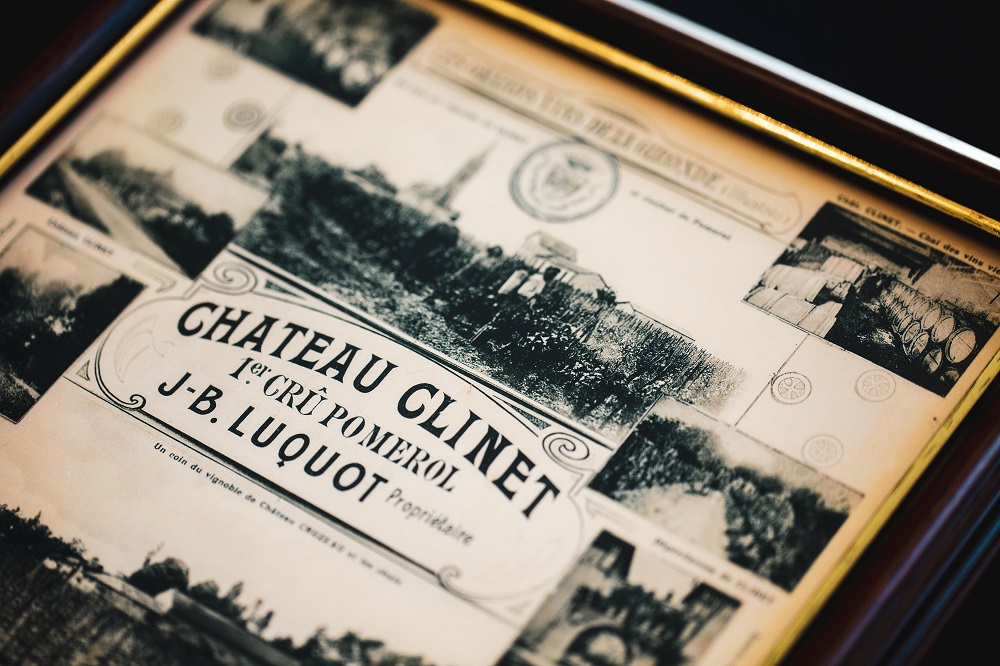
The wines were sent, far and wide, to critics and key merchants but with great trepidation on the part of producers. “As tasting is key for buyers, we had to adapt,” says Stéphane Laborie, export director for Jean-Pierre Moueix group. The group owns several prestigious crus, including Château La Fleur-Pétrus and Château Trotanoy. “En primeur wines are ‘fragile’ as these young wines are coming straight from the barrel. There is always a small risk of alteration for a sample which travels more than 10,000 km,” he adds.
It is important to note that the quality of barrel samples have always been up for debate. First, the samples presented to critics may or may not be the final blend of the wine. Mainly, winemakers produce a blend exclusively for the en primeur tasting.
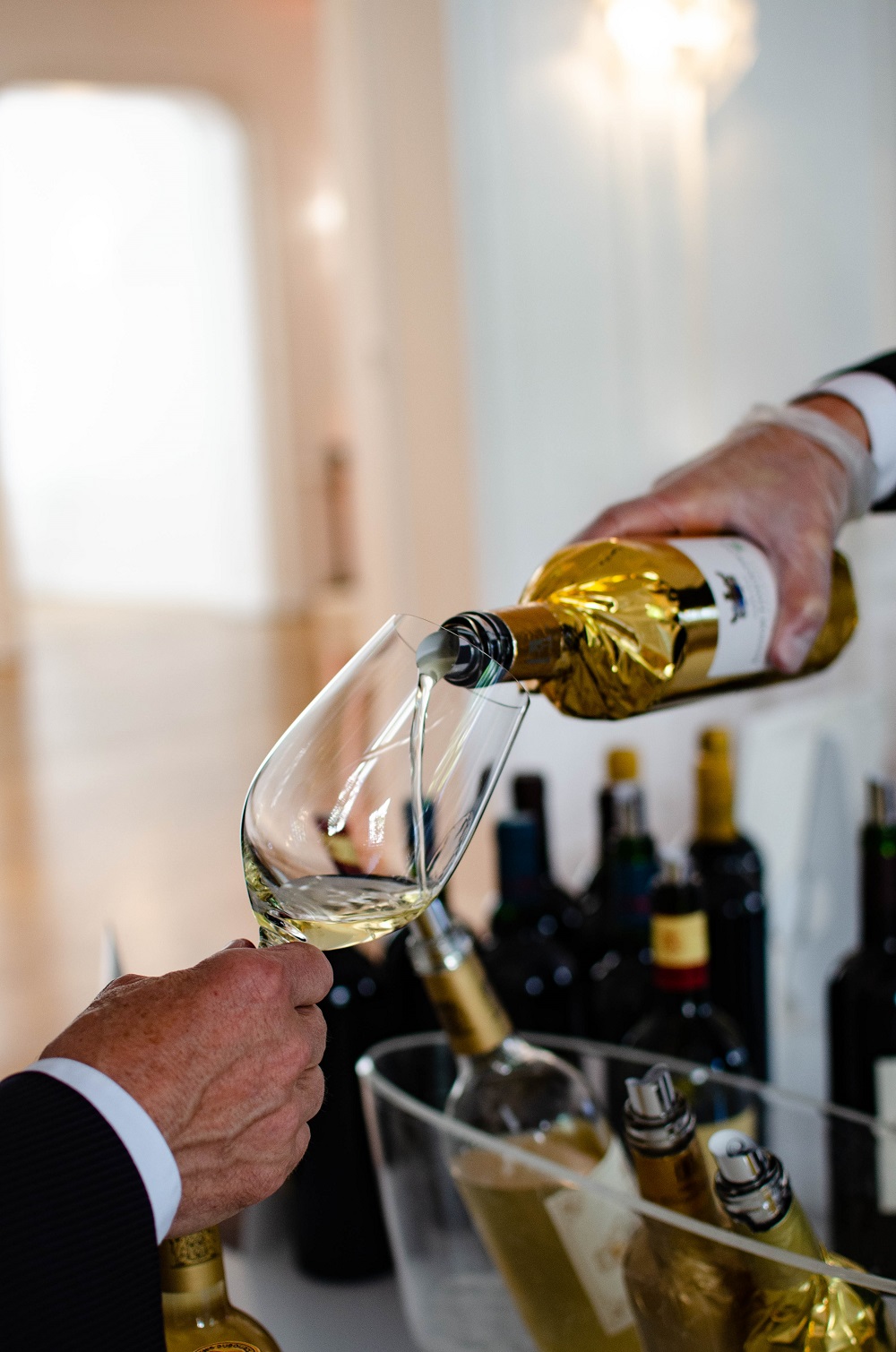
Second, as Laborie notes, the samples are so young that they can change in taste. “This is certainly why Gruaud Larose, Palmer and a few others didn’t send out any en primeur samples,” Anson says. “Pichon Baron sent out two sets at the time (in WIT tubes) in case there were any problems with one of them. Others such as Latour only sent them to very few critics and ensured they had someone from their team on the ground to check them.”
Unlike the first pandemic year, local critics could visit Bordeaux this year. “The estates were extremely happy to see people after a year of almost no visitors, but it was quiet – around 20 percent of the normal number of visitors. A few estates, such as Haut-Brion, remain entirely closed to visitors,” says Anson.
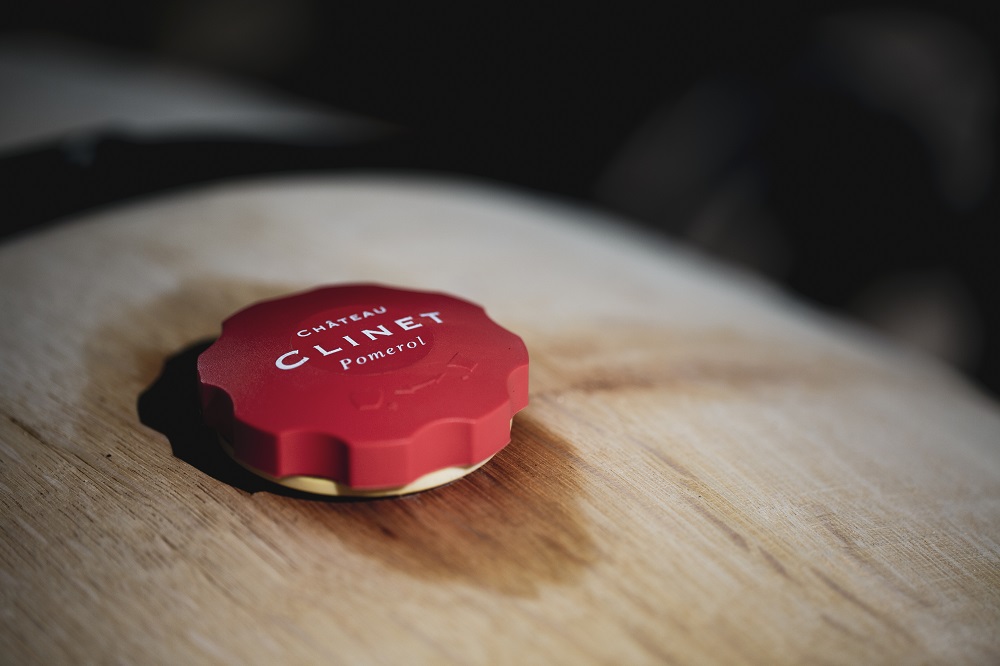
In yet another first, merchants invited their top clients to sample the barrel wines along with the merchants and critics.
“To taste en primeur, you do need experience and understanding,” Bilbey says. To train the uninitiated, merchants and Hong Kong-based critics like James Suckling held “Taste like a pro” sessions to help wine collectors understand the nuances of barrel wines. For untrained palates, sampling barrel wines could be a risky endeavour, but Bilbey sees the upside. “The more private clients get the opportunity, the better they’re going to get at tasting barrel samples.” In the future, he believes the merchants will continue to push for samples to share with clients to generate demand and engagement.
As for the quality of vintage 2020, reports indicate it is another stellar year making it a rare trifecta of strong back-toback Bordeaux vintages. Right on cue, en primeur prices are back on the rise.
The price increase was cautious in the early weeks, then rather flamboyantly high as the campaign ended late June this year. “What tends to happen is chateaux might get the UGBC tasting price right one year, but they are loathed to give this profit away two years in a row,” observes Anson.
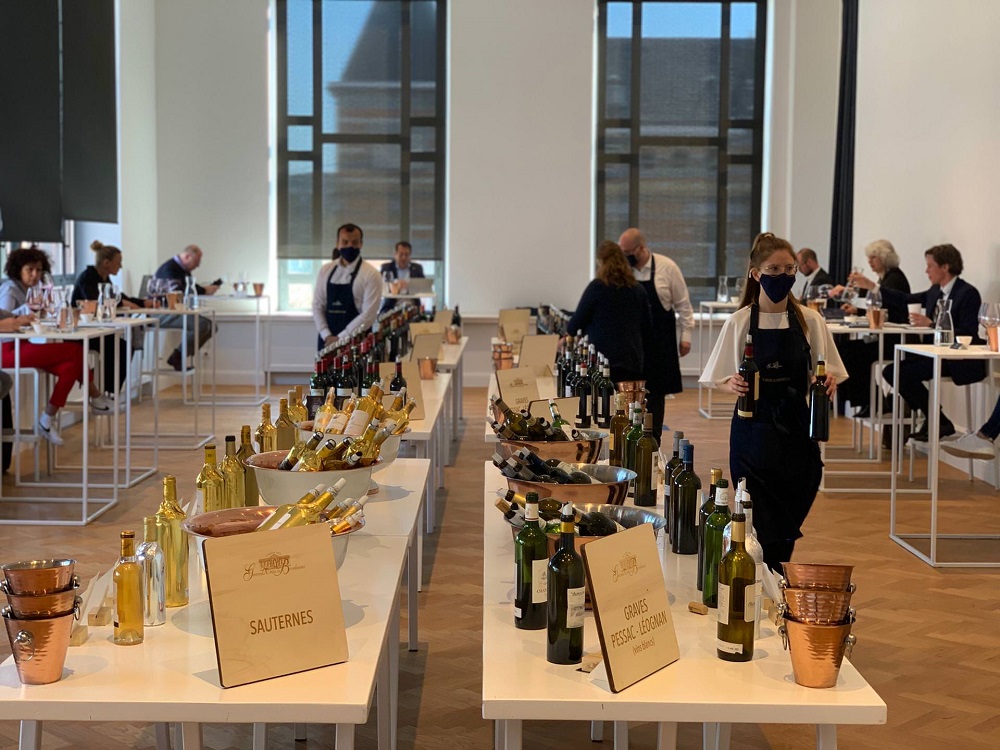
Despite the global pandemic, Sam Mudie conservatively predicts a growth of 20 percent over the next two years. He says, “Confidence in Bordeaux is right now the strongest it’s been for about three-plus years. I think we should still be targeting or expecting double digits from a good EP campaign now.”
While it’s too early to declare En Primeur 2020 a resounding success, the market and Laborde are both hopeful. “For the second year in a row, the En Primeur presentations were unfolded outside Bordeaux. This is the confirmation that last year was not an exceptional success, under exceptional conditions.”
Stephen Laborie is hopeful the coming years will bring some semblance of normal and adds that “we will probably also continue to send a few samples to dedicated clients.”
On the other side, Bilbey echoes the sentiment of many invitees when he talks about digital campaigns. He says, “It will never replace being able to go to Bordeaux and taste during En Primeur week.”
